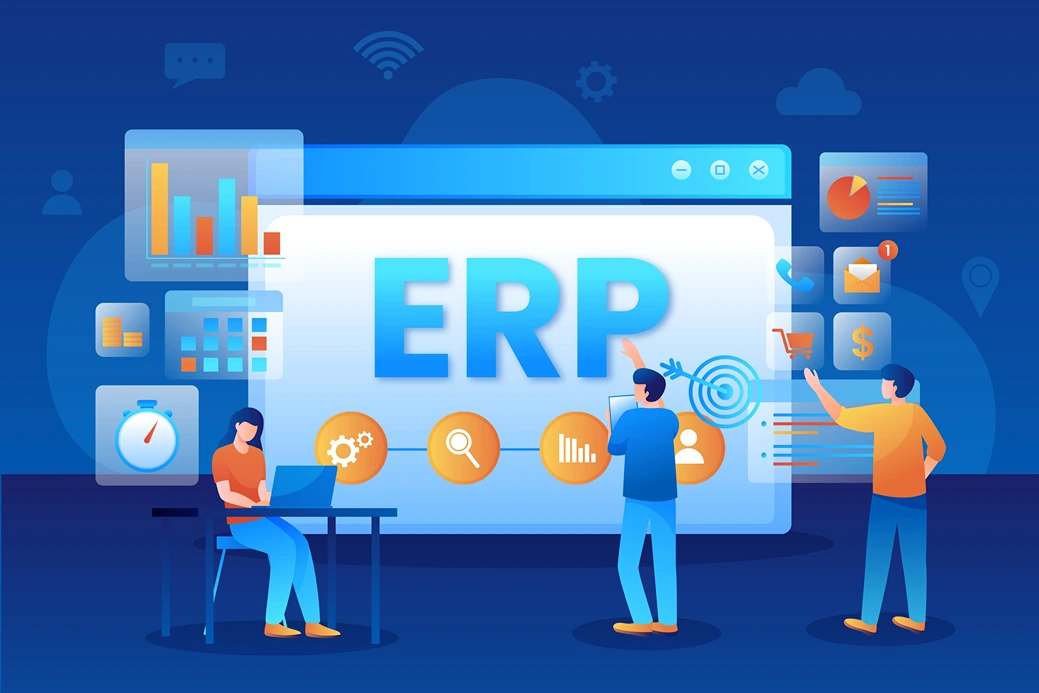A multibranch ERP (Enterprise Resource Planning) system is designed to support businesses with multiple locations or branches. Here are some of the features typically included in a multibranch ERP.
- Centralized Database: A multibranch ERP system has a centralized database that stores all the data from different branches in a single location. This allows for easier management of data, increased accuracy, and improved efficiency.
- Branch-Level Data Access: Users can access data specific to their branch, such as sales, inventory, and orders, while also having access to centralized data.
- Multi-Location Inventory Management: Multibranch ERP systems allow businesses to manage inventory across multiple locations, ensuring that stock levels are accurate and orders are fulfilled in a timely manner. Inter-Branch Transactions: Transactions between different branches, such as stock transfers or inter-branch sales, can be easily processed in a multibranch ERP system.
- Streamlined Financial Management: With a multibranch ERP system, businesses can manage financial data for each branch separately while also having centralized financial management capabilities.
- Scalability: Multibranch ERP systems are designed to scale as businesses grow, allowing for the addition of new branches and the management of larger amounts of data.
Overall, a multibranch ERP system provides businesses with the tools and capabilities they need to manage multiple locations efficiently and effectively, resulting in improved productivity, better decision-making, and increased profitability

